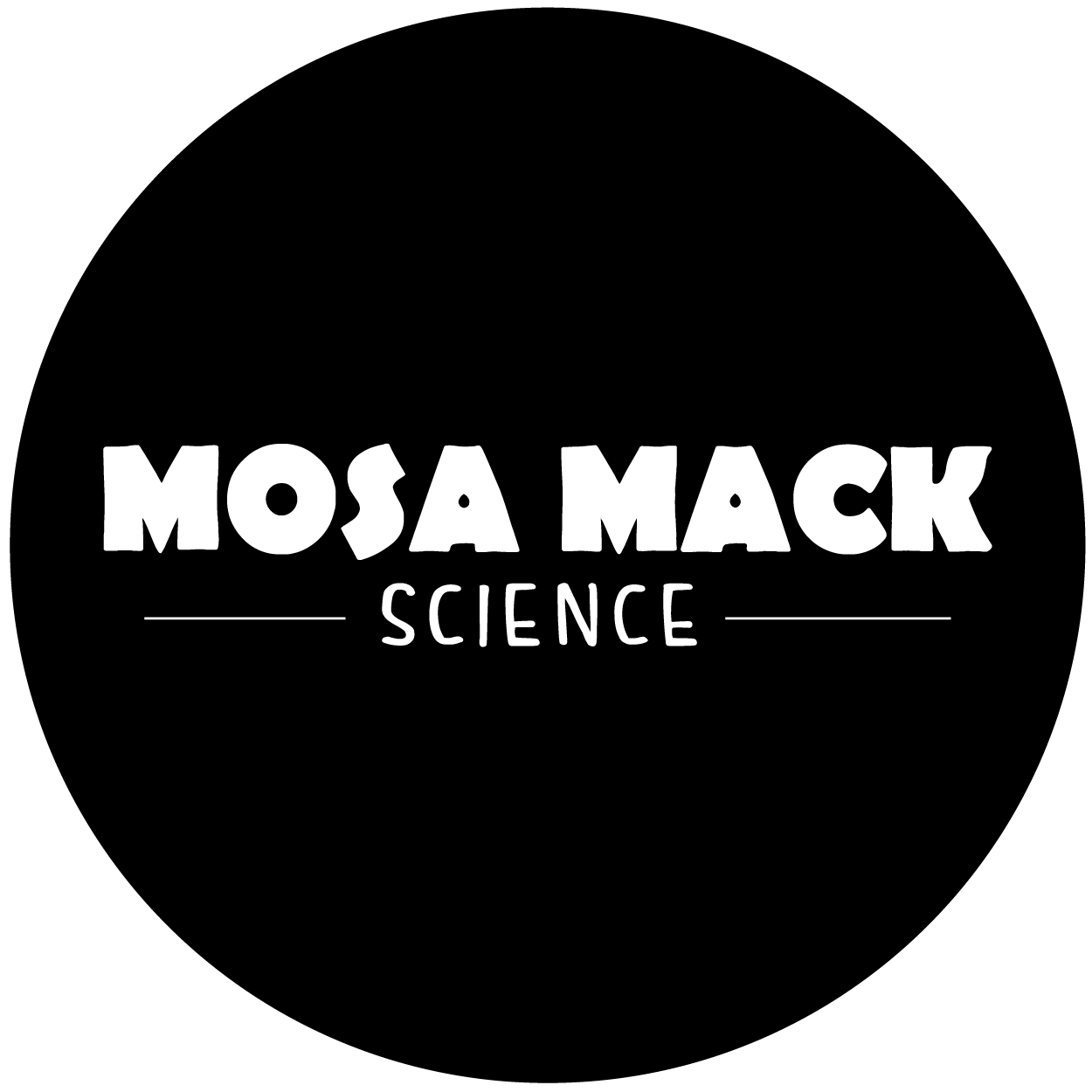
Many resources and textbooks deliver NGSS-aligned content. But administrators and teachers everywhere are hungry for something more: materials that embrace NGSS methodology, too. When fully practiced, NGSS transforms science education into an active, inquiry-fueled experience, and educators know that’s how students learn best.
NGSS encourages real-world and cross-disciplinary learning, which is leading some schools to wholly reimagine their classroom structures. But most resources complicate this transition by only providing partial NGSS alignment.
Here’s how one remarkable school took matters into their own hands to fully bring NGSS into its classrooms.
The Challenge
At Piscataway Township Schools, administrators and teachers are committed to delivering excellent instruction and providing students with hands-on, real-world application. However, after the adoption of the NGSS, the team found that current textbooks and resources were only superficially aligned and enforced a prescriptive instructional style. So Jeffrey Celebre, Supervisor of K–8 Science & Engineering, began a strategic search for high-quality and aligned resources.
“In most materials I reviewed,” Celebre said, “there was alignment but it ended there. A lot of that opportunity to synthesize or truly apply that information was not possible. The labs followed a set timeline and pacing, so they were very predictable lessons. They hindered discovery and did not emulate how science works in the real world.”
In his quest for new science materials, Celebre was committed to upholding Piscataway’s long-standing culture of teacher empowerment. While administrators foster collaboration and curricular consistency across all three middle schools in the district, they also value classroom autonomy and flexibility.
Celebre was also mindful that his district was in transition. For several years, leadership had been working to break down instructional siloes that kept science learning in the science classroom. To accomplish this, Celebre knew teachers would need resources designed to foster integration of different subjects and methodologies.
After piloting Mosa Mack Science, Celebre found that it met their materials review criteria and would be a valuable addition to the district’s curriculum.
The Solution
Mosa Mack Science offers high-quality curricular materials with NGSS standards embedded into every phase of each lesson. It uses real-world scientific phenomena to connect with students on a deeper level, promoting open-ended inquiry and active engagement.
As Celebre observed, “in our shift to a more phenomenon-focused teaching approach, Mosa Mack jumpstarts the process by beginning with a gripping investigation. It allows for questioning and gives students the opportunity to apply their knowledge more broadly. Utilizing the engineering component allowed us to tap into that end of NGSS curriculum more deeply than a textbook alone ever could.”
Administrators have been particularly excited that the materials are so customizable—they are flexible enough to use as a supplement but also comprehensive enough to adopt as a core. This allows individual teachers in each school to integrate them according to their own needs. It also dovetails with the school’s culture of cross-classroom collaboration, allowing teachers to share and work together more easily.
Mosa Mack materials have gone through a smooth implementation process at Piscataway, —allowing teachers and students to see and forge natural connections within science and across other disciplines. Teachers report that Mosa Mack meets them where they are, offering flexible, turnkey materials and content-embedded opportunities to grow as they teach.
The Outcome
Three years into Piscataway’s incorporation of Mosa Mack Science materials, the leadership team observed several key, lasting changes:
-
- Greater access for teachers to a wider range of real-world materials and sources
-
- Increased collaborative use of resources among teachers and between classrooms
-
- Deeper appreciation of science’s role in real-world engineering projects
-
- Greater teacher enthusiasm for creating and refining dynamic lesson plans
-
- A widespread culture of investigative learning for students
“The way Mosa Mack models lesson planning, the way it places value on teacher autonomy and collaboration—these appeal to our department, and they are incredibly motivating,” says Celebre.
Looking Forward
Bridging theory and practice, Mosa Mack Science fulfills Piscataway’s mandate to honor NGSS standards within an integrated, interdisciplinary classroom structure. Open-ended inquiry, cross-disciplinary collaboration, and real-world investigation are now central to every element of the teaching and learning experience. Educators are energized by the change and find the materials fresh and engaging, while students now carry their new skills beyond science class and into other subjects.

Leave a Reply